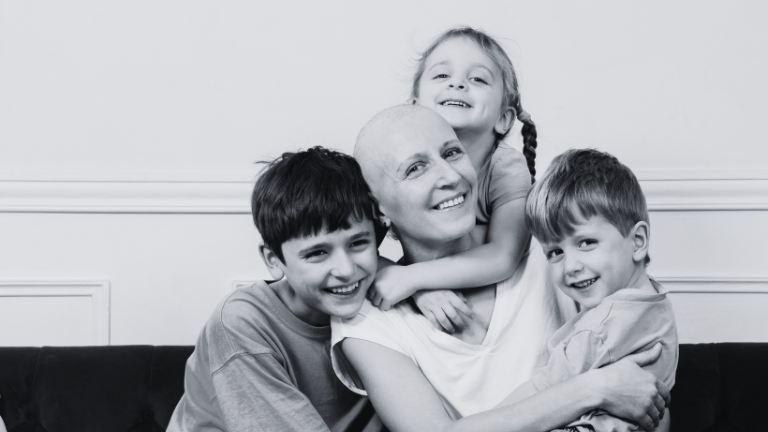
Exercise as a Powerful Ally in Cancer Treatment
The battle against cancer is a complex one, often involving gruelling treatments like chemotherapy and radiation therapy. While these treatments are vital in combating the disease, they can also lead to a range of side effects, including fatigue, muscle weakness, and reduced quality of life. Fortunately, emerging research suggests that regular exercise can play a crucial role in mitigating these side effects and improving overall well-being for cancer patients.
The Benefits of Exercise for Cancer Patients
Reduces Fatigue: One of the most common side effects of cancer treatment is fatigue. Studies have consistently shown that exercise can help combat fatigue by improving cardiovascular fitness and increasing energy levels. For example, a study published in the Journal of Clinical Oncology found that a supervised exercise program significantly reduced fatigue in breast cancer survivors [1].
Preserves Muscle Mass: Cancer treatments can lead to muscle wasting, making it difficult for patients to perform daily activities. Regular exercise can help preserve muscle mass and strength, improving functional capacity and reducing the risk of falls. A study in the Journal of Strength and Conditioning Research demonstrated the effectiveness of resistance training in maintaining muscle mass and strength in cancer survivors [2].
Improves Quality of Life: Exercise has been shown to have a positive impact on overall quality of life for cancer patients. It can help reduce stress, anxiety, and depression, as well as improve mood and self-esteem. A meta-analysis published in the British Journal of Cancer found that exercise interventions were associated with significant improvements in quality of life for cancer patients [3].
Reduces the Risk of Cancer Recurrence: Some research suggests that exercise may help reduce the risk of cancer recurrence. While more studies are needed to confirm this association, there is evidence to support the potential benefits of physical activity in cancer prevention and survivorship.
How to Incorporate Exercise into Your Cancer Treatment
- Consult with Your Doctor: Before starting any new exercise program, it’s essential to consult with your healthcare provider. They can provide personalized recommendations based on your specific condition and treatment plan.
- Start Gradually: If you’re new to exercise, begin slowly and gradually increase the intensity and duration of your workouts.
- Find Activities You Enjoy: Choose activities that you find enjoyable and motivating, as this will make it more likely that you’ll stick with your exercise routine.
- Consider a Support Group: Joining a cancer support group can provide encouragement and accountability, making it easier to stay active.
Exercise is a powerful tool that can help cancer patients improve their physical and mental well-being. By incorporating regular physical activity into your treatment plan, you can reduce the side effects of cancer, enhance your quality of life, and increase your chances of a successful recovery. Owner and Operator of Pilates Connection – Liane Geeves, has completed advanced certification to become a Cancer Exercise Specialist following training with the Cancer Exercise Training Institute. As such, we can now offer expert assistance to those fighting a wide range of cancerous conditions with special attention to potential lymphoedema, infections, diabetes, post-surgery musculoskeletal imbalances and associated treatment protocol heart issues. If you’d like to know more about our services for Cancer Survivors, or those currently undergoing treatment, please contact Liane on 0400 012 693 (after midday)
References:
- Irwin, C. E., et al. (2007). Exercise interventions for fatigue in breast cancer survivors: a randomized controlled trial. Journal of Clinical Oncology, 25(17), 2527-2533.
- Schmitz, K. H., et al. (2010). Resistance training to improve functional outcomes in cancer survivors: a randomized controlled trial. Journal of Strength and Conditioning Research, 24(1), 142-151.
- Schüz, J., et al. (2014). Exercise interventions for cancer survivors: a meta-analysis of randomized controlled trials. British Journal of Cancer, 110(1), 110-118.



Sorry, the comment form is closed at this time.